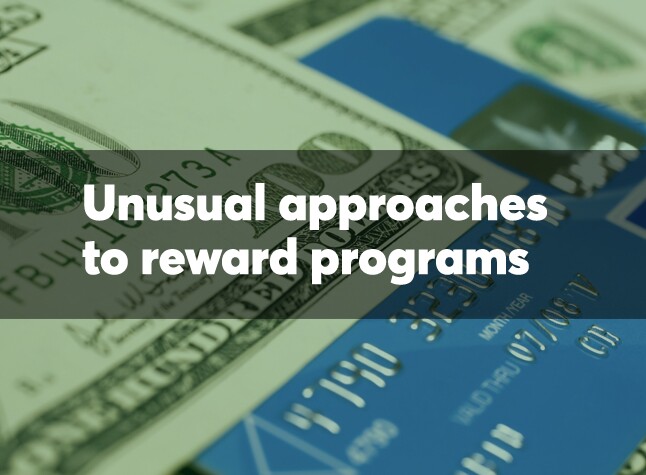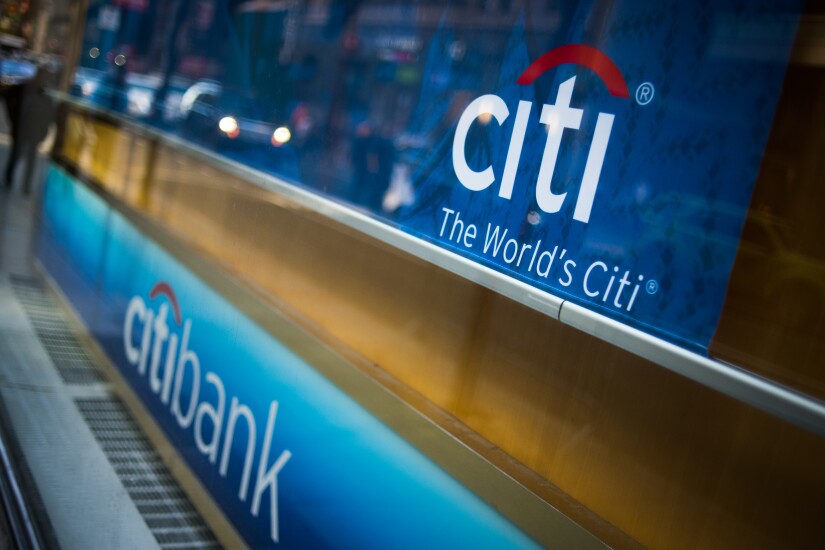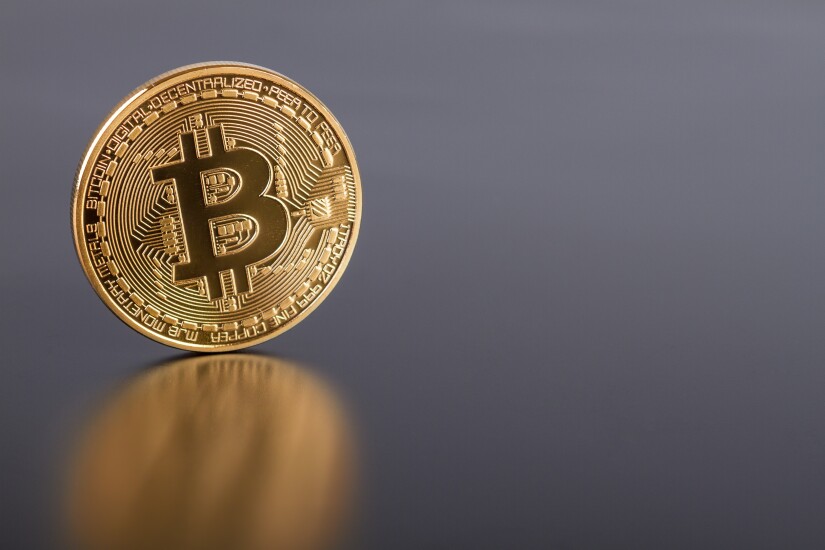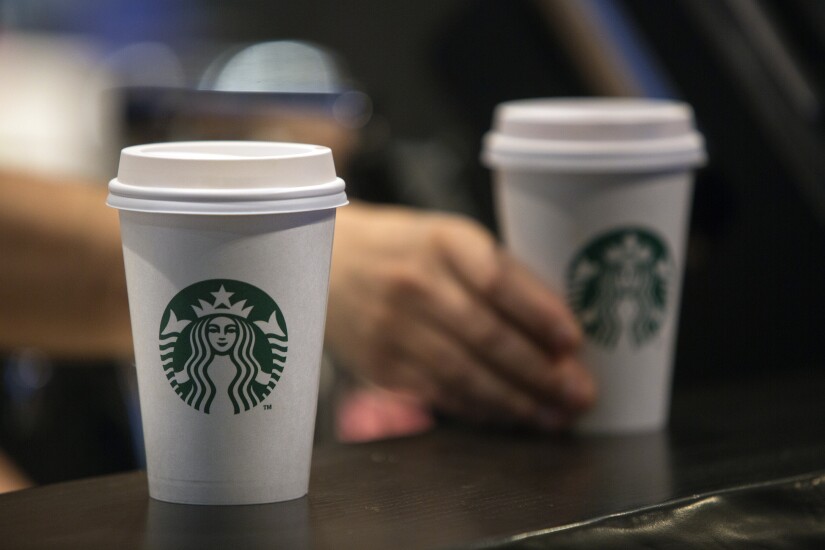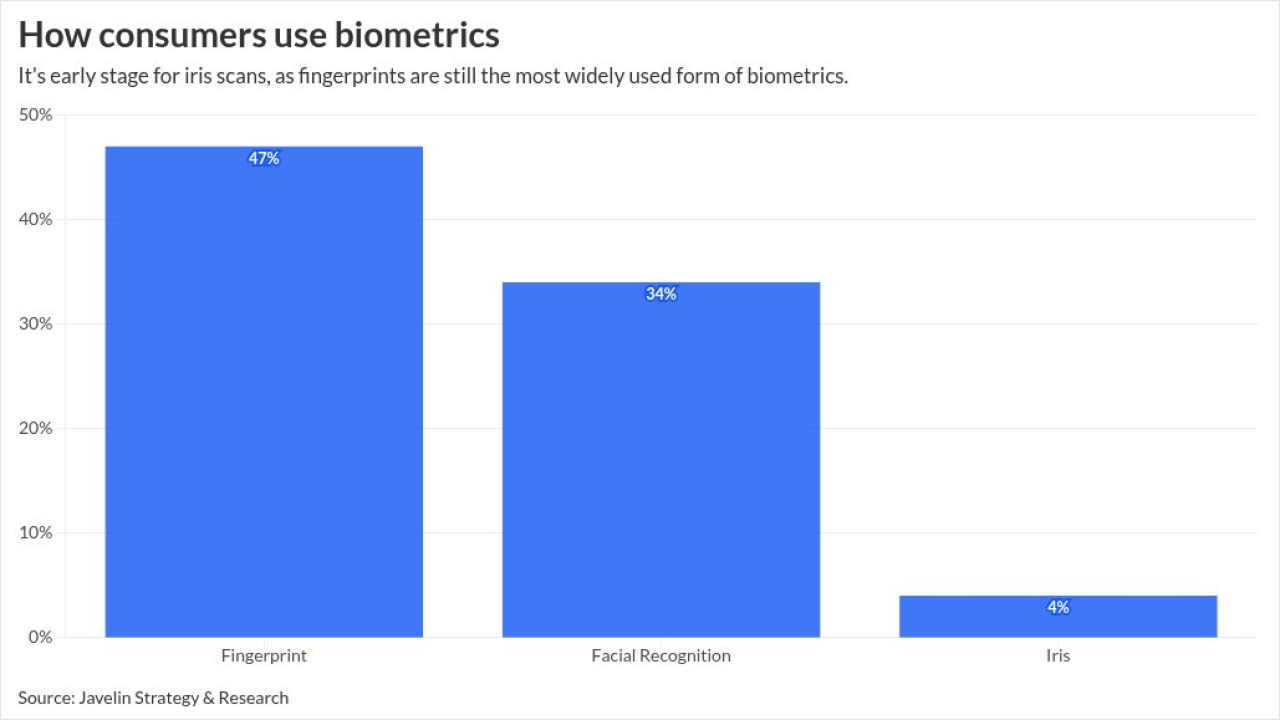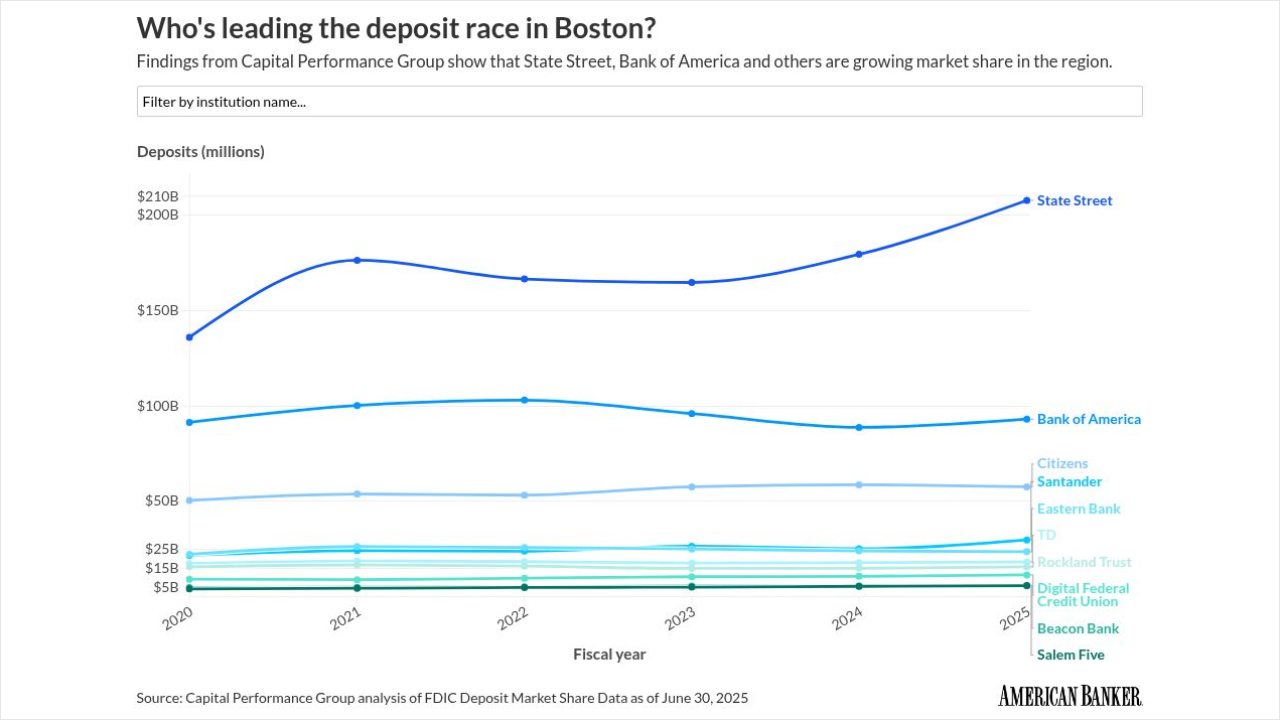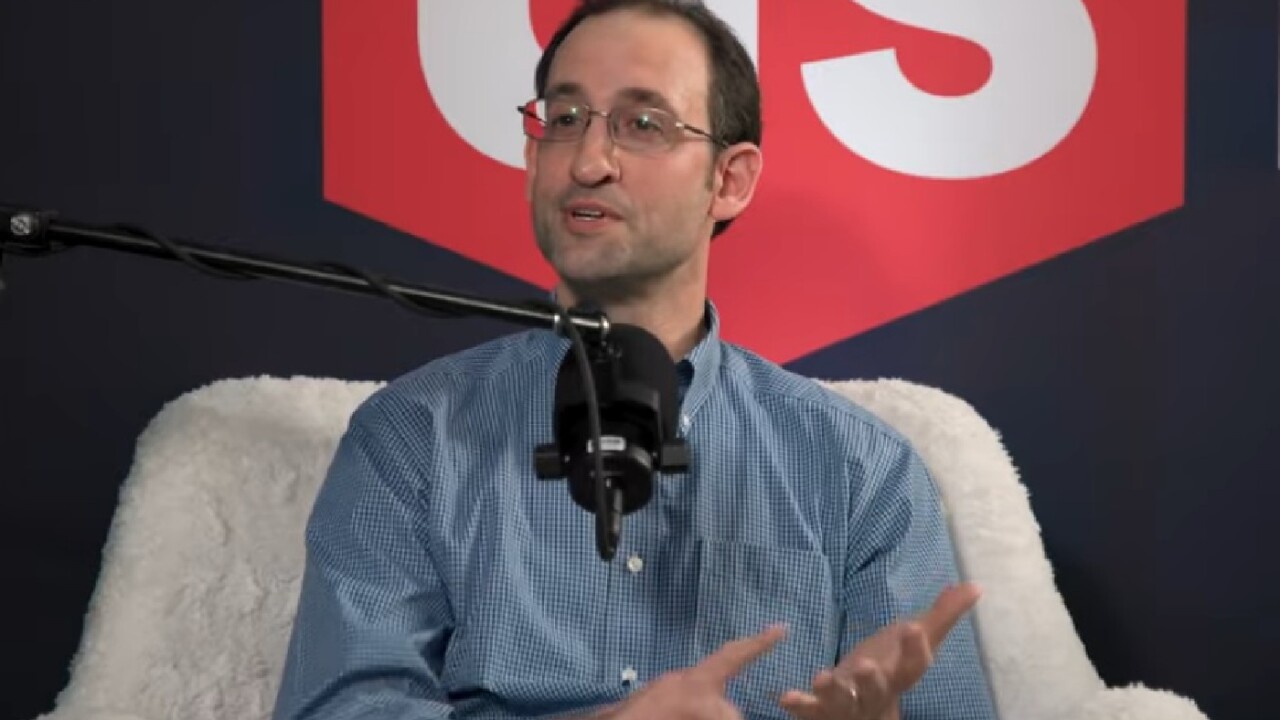Want unlimited access to top ideas and insights?
Bigger isn't always better; as card issuers compete to bring in more spending, many are rethinking the way they offer rewards. Some of their approaches focus on streamlining redemption, while others dabble with cutting-edge technology such as virtual reality.
